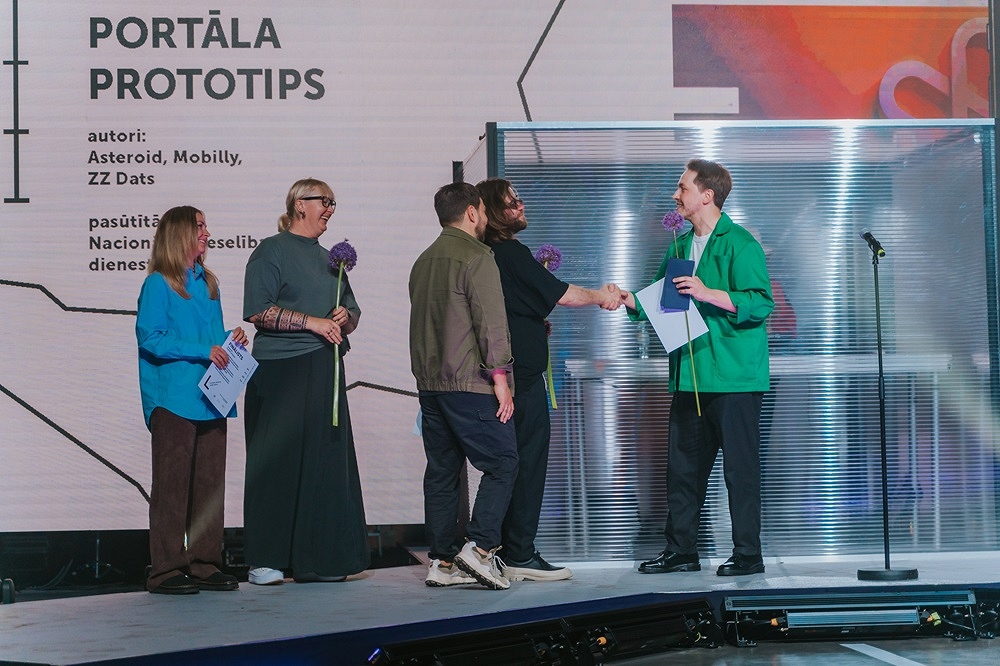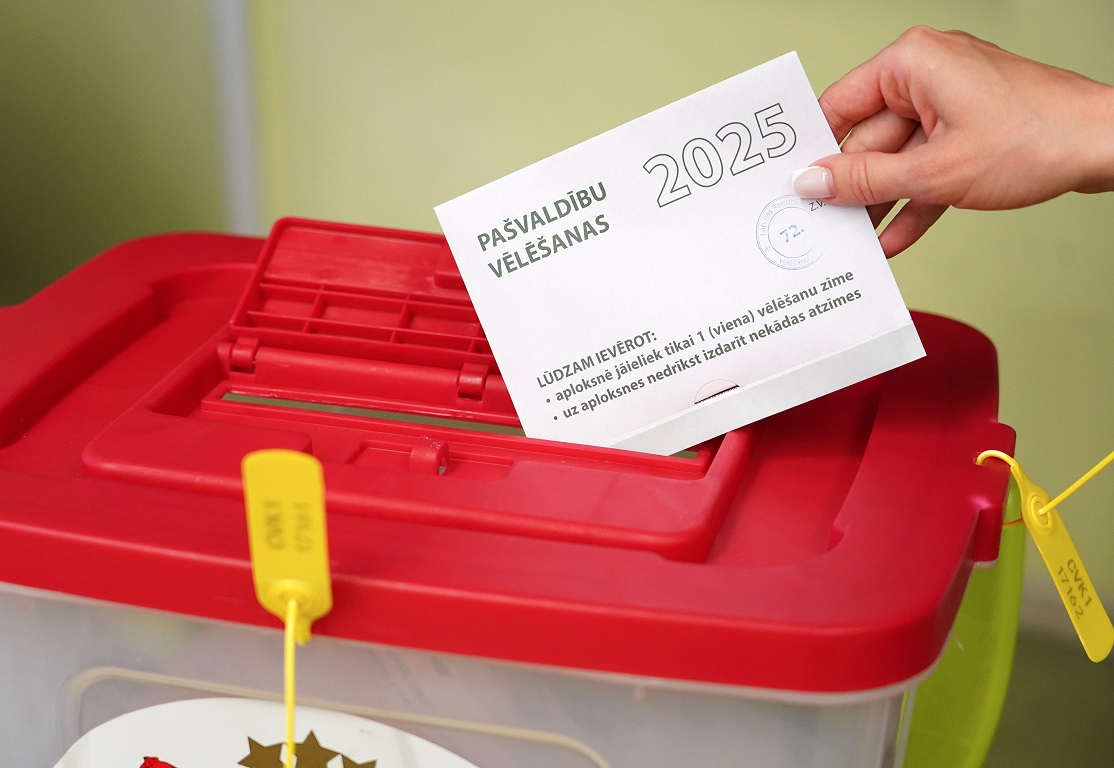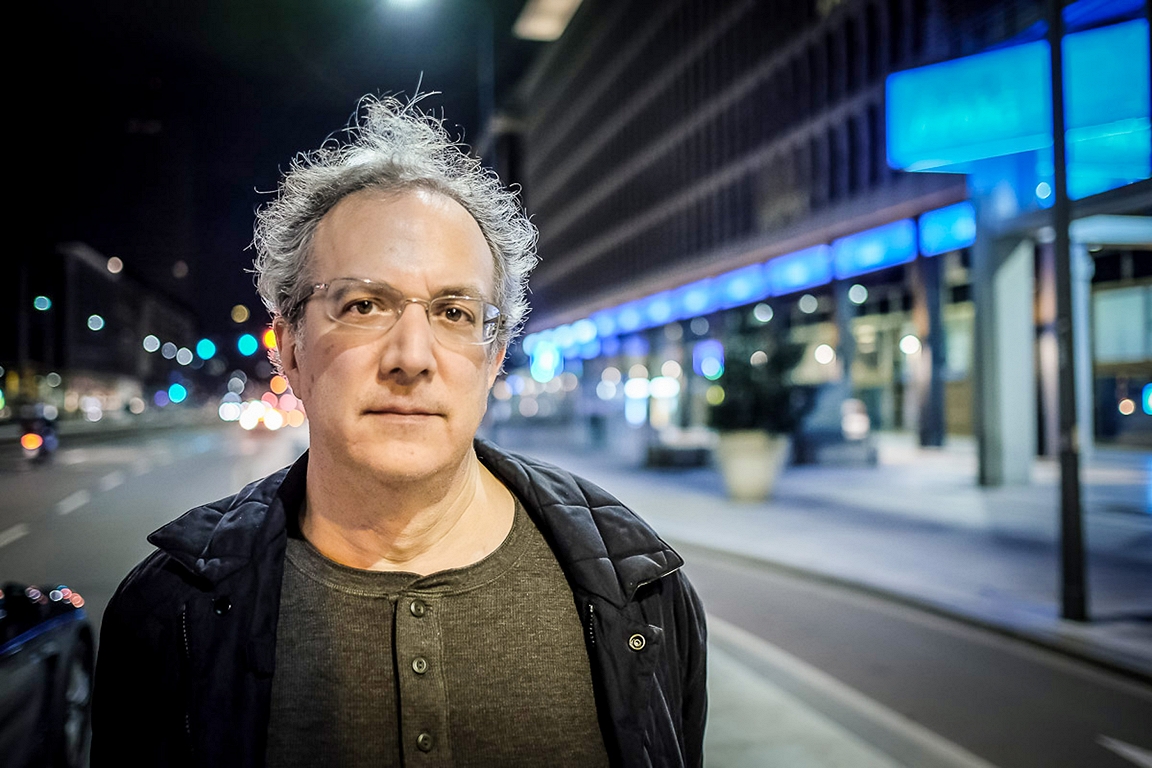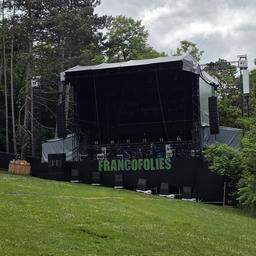As small, unique monuments / day

What did this topic – commemorative medals – seemed interesting?
The theme of death and commemorative has been particularly updated in recent years – both geopolitical situations and, for example, due to epidemics and wars. As a result of the development of society and historical events, the perception of death changes, in turn, the form of the memorial of the dead changes. Our exhibition gives an insight into how the means of expression have also changed to preserve the memory of the dead as the European public’s views on death. One such commemorative media is a medal.
Memorial is needed for each society because it strengthens the community: family, state, city, organizations, etc. c. Therefore, in the context of the topic, we decided to show this unique medal group, as they are a part of the funeral tradition, when commemorative chips, coins or medals were distributed to the funeral guests, and were minted shortly after a person’s death or death day.
Who are the oldest, younger and perhaps the most unique exhibits?
The senior exhibit is the death memorial coin of King Gustav II of Sweden, which was dried in 1632, in the Livonian region, it is a medal dedicated to the memory of the Tallinn Great Guild George Georg von Rentelen and made in 1654. The youngest is the Plaket and the medal dedicated to the memory of the Baltic German -born surgeon and professor of medicine Ernst Gustav Benjamin von Bergman.
In fact, every medal exhibited is unique with its own story. For example, our collection includes a medal dedicated to the Duchess of Kurzeme and Zemgale, Duke Jacob’s wife Louise, in memory of the death. There are also two medal models that have been created when ordering the medal numismatic Anton Buhholz in memory, and they are associated with a special story that will also be available at the exhibition.
Probably the roads on which the medals have come to the museum’s collection are also quite interesting.
The collection of our museum has been formed for about two hundred years, and is mainly made of prominent gifts of Baltic German -born collectors: for example, Karl Friedrich Bornhaupt, Count Karl von Zivers. c. for collections. A large contribution to the collection of medals has been made by Numismaty of German -Baltic origin and historical researcher, Doctor Anton Buhholcs, who gave the museum his large collection of medals. Most medals are original, but in the 19th century, it was further complemented by a collection of missing medals.
The list of personalities is quite bushy, but which of them have been related to the history of Latvia and Riga?
The aforementioned Louise Charlotte, Duke Jacob’s daughter Maria Amalia, diplomat Johann Korf, Riga merchant and founder of the Orphan’s Institute, Mathias Wilhelm Fisher, Numismat and historian Anton Buhholcs, composer Richard Wagner and several more personalities. Memorial medals dedicated to them reveal stories about the political, cultural and trade elite of Riga and Latvia, because – the medals could not be ordered by anyone; It was a pretty expensive event that only the elite could afford.
What materials have been made of medals, and what technologies have been used?
The most common materials at that time were silver and bronze, but one gold medal was also exhibited at the exhibition. Zinc and tin can be mentioned from cheaper materials. Speaking of technology, they were initially trapped, but then, as the technology develops, presses made of steel, which were attached to the special press and the medal was made.
Sounds like the process of creating the exhibition was quite challenging and quite lasting.
The idea of creating such an exhibition came to me during the code – around 2021/2022. The year when this topic became particularly topical. And one of the challenges was that medals are actually miniature and visually relatively uniform objects that had to be displayed as unique monuments and making them better to see the museum visitors.
What are the special nasty of this exhibition?
So far, medals have been exhibited, complementing the exhibitions and placing lying on sleep, but now the exhibition offers a number of technological solutions for detailed viewing – for example, touch screen, where medals can be closer to and see their rich symbol language. Three medals also have an animation that allegedly revives portraits of medals, creating the presence of a living person.
As I have already mentioned, the medals of such topics have been exhibited for the first time, and it is indeed a unique group of objects; Many have only survived in one copy. The form of the medal over time has proven to be very suitable for preserving the memory, and they fulfilled the media function, both during them and still do so today. Respectively, when we look at the medals, we revive these stories again, and people can nowadays be present to the community that has ordered the medal. The memory also forms our identity.






